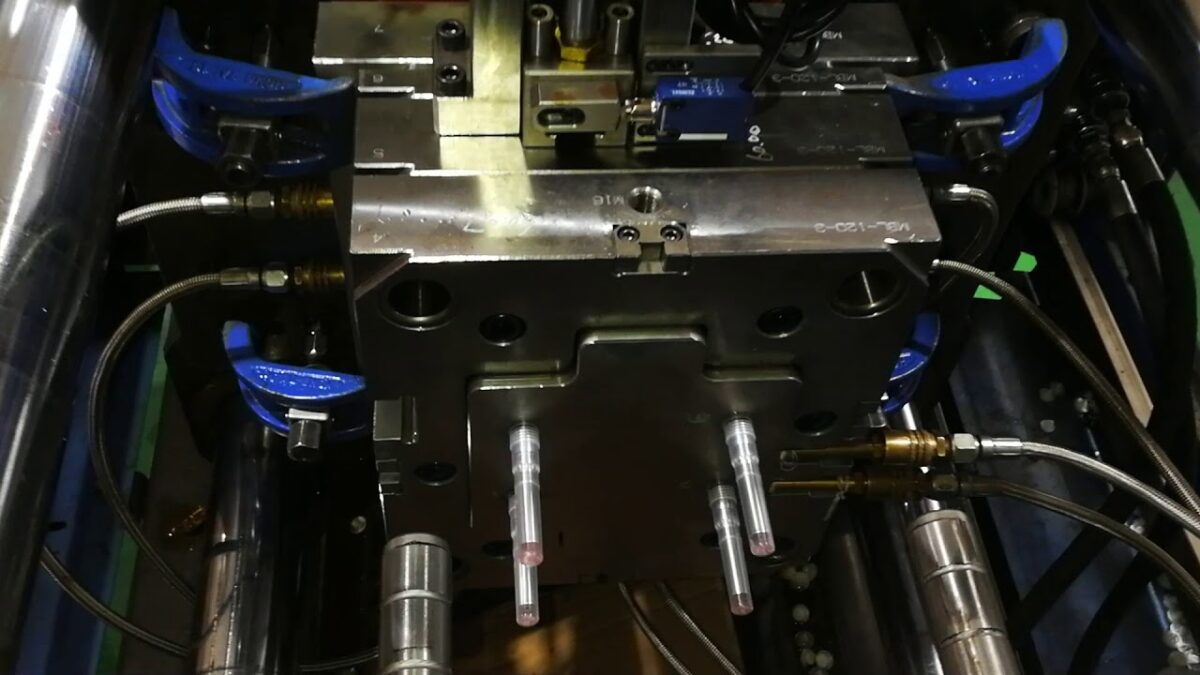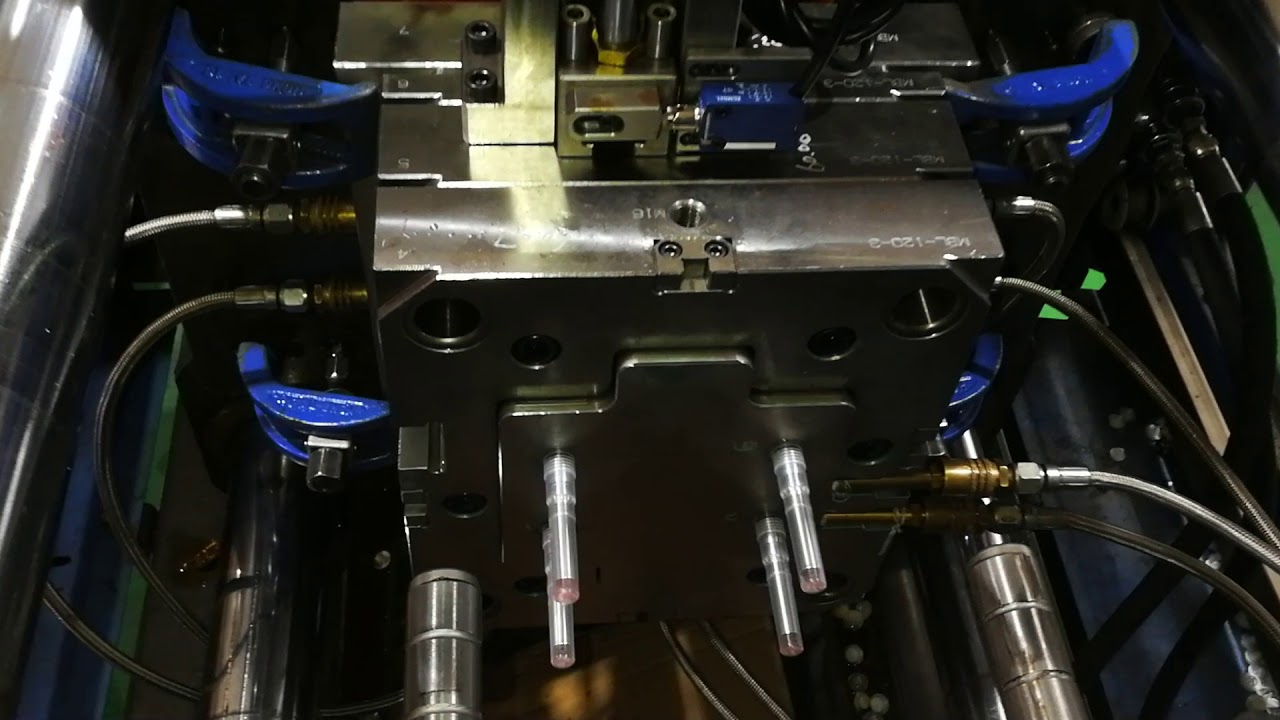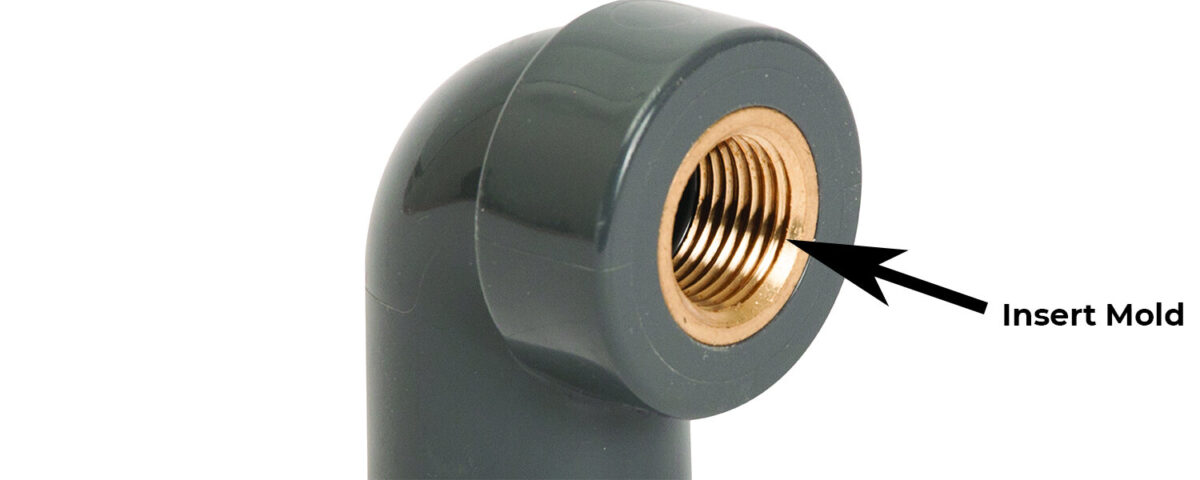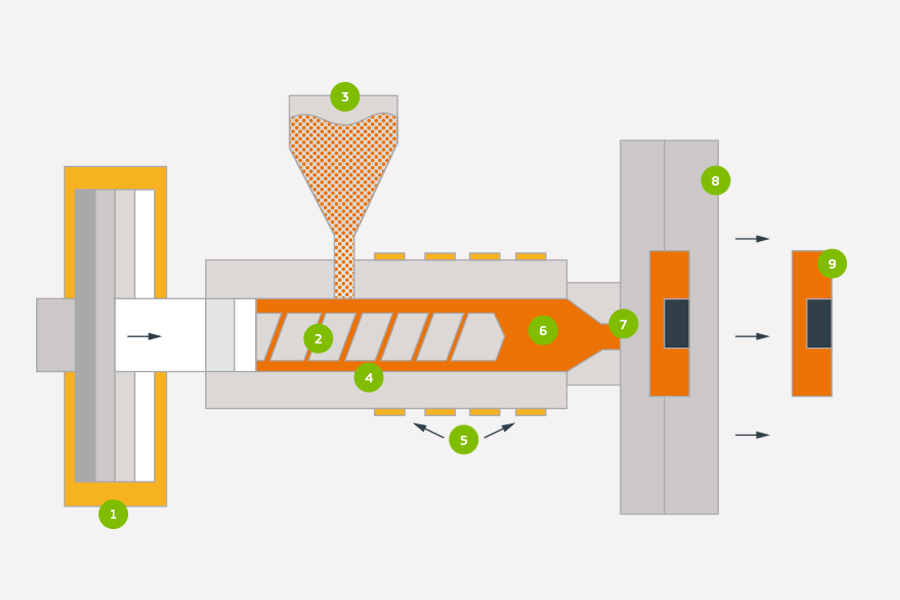Guide On NEW Auto-Unscrewing Mold for Internally Threaded Parts
We commonly find internal threads on plastic products that fit together, like drink-ware lids, plastic hardware, and bottle caps. Threads are delicate in nature, so molding these products need a touch different technique than the average plastic component. The tool must incorporate the unscrewing core for ejecting them out of the mold with no harm to the threads. Earlier, there was no other way than unscrewing components manually out of the core through hands to avoid threads stripping. And this results in extra time and labor, which means increased lead time and price. While some injection molding professionals still using this practice, there is a much better way called auto-unscrewing mold.
Now, we can easily mold internally threaded components in the tools that work automatically. It means that you can now get your products much faster and without any error. In this guide, we will show you how this new approach works and how it is benefiting us.
How Auto-Unscrewing Mold Works?
The process of the auto-unscrewing mold is simple and straightforward. It makes the entire process faster and helps us minimize extra labor costs. For a better understanding, we have broken down the working of automatic unscrewing mold technology into four different steps. Here is how the automatic unscrewing mold approach works:
- First of all, we inject plastic into a tool. When the plastic cools down, the threaded core begins to unscrew. The hydraulic cylinder powers the mechanism of unscrewing through a pinion and rack.
- In the second step, the rack works three gear sets after which it draws back the core into an ejector box.
- The mold opens after the complete unscrewing of a threaded core and an ejector system drives the stripper plate frontward for part ejection.
- Once the part ejects completely, the hydraulic cylinder converses and screw-threaded core again into the position of molding, and the procedure repeats.
This is how the auto-unscrewing mold process completes.
Threaded Plastic Parts
Threads in the plastic part permit fastening plastic parts to other plastic components/non-plastic components with the help of common fasteners. A plastic part may have threads both internally and externally. We can modify external threads to mold them without using any distinctive mold action. However, we require the help of the rotating core that unscrews the part when it comes to internal threads. We use unscrewing molds for plastic components with ridges or threads that we cannot inject easily with the conventional knockout method.
In such molds, we unscrew parts from molds for avoiding any thread damage. Molds unscrewing is still a highly complex injection mold method and requires high-speed movement and previously molded components efficiently for beginning the new cycle. They need exceptional technical savvy for building and maintaining. A manual or auto-unscrewing mold has a special design to ensure production for many years. This is why these molds are known as a great investment in the long run when producing parts in high volumes.
Injection Molding Undercuts
Undercuts means the features of a plastic component that we cannot remove from a mold in the mold’s opening direction. These features act as a barrier in the core’s direct removal. Consequently, necessitate an extra mold part like an internal core or side core lifter for forming the shape. We do not require these devices to remove smaller undercuts if the component can stretch or it can wrap around the plastic mold. If this is the case, the part’s wall opposite to the undercut needs to clear the core or mold before attempting ejection.
Whenever we have undercuts, we can use mold devices, like actions. The action device is a mold-traveling that goes in one direction vertical to the mold’s opening direction. The molding of the part’s undercut portion is possible by using the action. When the plastic mold opens, it will take a distance from the component. We can also use some other molding devices on components with undercuts. These include collapsing tooling and lifters. Use the lifter device when the undercut requirement is the segmented plastic.
Lifters are the mold’s components actuated by and attached to the ejector. It moves in an angular motion for freeing up the details of internal molding. Typically, they are attached between an ejector plate and an ejector retainer using a mechanism. It helps the fixed side to pivot or slide for compensating the lifter’s position movement as it reaches the needed angle. There are two reasons for which this angle holds immense importance.
Reason 1:
The first reason is that the ejector’s forward motion will put high pressure on the body of the lifter when the angle’s too exceptional. This pressure will create lifter binding and result in extreme wear or even a premature failure.
Reason 2:
Second, the travel of the ejector plate will be extreme when the angle’s too shallow. So, we must engage good expertise and careful engineering to avoid such issues.
We can save the lifters and actions use to save money by considering a few minor redesigns. It is especially true when we talk about catches and clips. Engineers often use them for assembling plastic components. Sometimes, design modifications, such as a part’ hole, helps in forming a catch without using lifters or actions. Experienced engineers with their vast knowledge in injection molding can produce high-quality mold designs and part designs with this technique.
Summary
So, we have learned about the working of auto-unscrewing mold and also talked about its aspects. The automatic unscrewing mold process is simple and straightforward. It is a highly economical and faster alternative to its manual unscrewing mold counterpart. Although many people still use the manual method, the automatic method is the approach that you should select to save time and extra labor costs. We also discussed injection molding undercuts and threaded plastic components that are relevant to our subject.
If you have more questions or queries regarding manual or automatic unscrewing mold, we are willing to help with our experts. Get in touch with us by clicking here. We always feel happy to provide our assistance.









